What would a museum about Momotaro be like? Also, just who is Momotaro? Momotaro, aka Peach Boy, is the hero of the eponymous tale and one of Japan’s best loved fairy tale characters. I was once told that it is one of the oldest tales in Japan, however, I believe that it is simply one of the strongest stories in Japan as his tale (in its current and most popular form) dates to the Edo period.
Momotaro is perhaps one of the first superheroes; in brief his story is as follows:
An old woman was out washing her clothes in the river, when a giant peach came bobbing downstream; she was delighted, such a big peach would feed her and her old husband for days. She took it home, cut into the peach and out came a little boy. The old people decided to keep the child as they had never had time for children before. They named him Momotaro, which roughly translates to “Peach eldest son,” and he grew to be a naturally generous, kind, caring child, and he had super strength. He grew up and generally helped everyone, until one day he decided that he had enough of hearing stories of the evil Oni (demon) who stole food from farmers. Deciding enough was enough, he kissed his parents goodbye and set off. His foster-mother packed some speciality sweets she had made: Kibidango (a type of rice-cake flavoured with kinako). Momotaro gave these sweets to a dog, a monkey, and a pheasant to enlist their help. With his three animal buddies he travelled to Oni Island and defeated the evil demon, thus everyone was happy!
Japan has a different character to help promote the tourism of each prefecture. Being that Momotaro was said to have lived in Okayama, he is the mascot of that prefecture; you will see his face everywhere, and outside of Okayama JR station, you will find a great statue of the hero and his animal friends.
While it is said that his hometown is more northern, you can find a museum dedicated to him in the city of Kurashiki.I had lived in Okayama for quite a while and I naturally found the story of Peach Boy very charming. I wanted to learn more, and seeing the museum was a must for learning about the traditional fairy tale.
I found the museum on a rainy day in the Bikan district of Kurashiki, tucked away in this historical area I was met with a rubbery representation of the Peach boy himself.
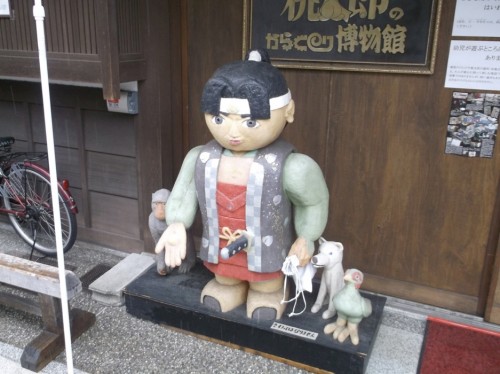
Momotaro is often shown giving out kibidango, showing his friendliness and generosity.
Entering costs 600 yen, and I was more than happy to pay to learn about the delightful character. Inside, I was quite surprised at the displays; some parts were clearly fully dedicated to Momotaro, whereas the rest was purely for illusions and trick art.
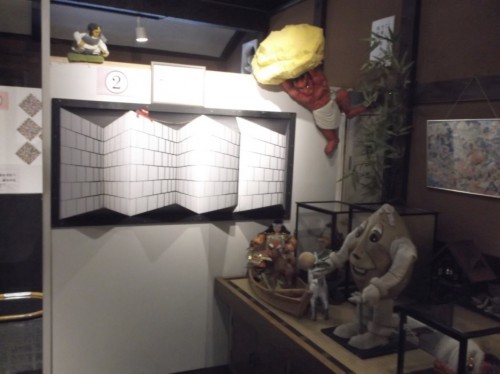
The museum was dark, and cluttered with kitsch figurines of Momotaro, Oni, and other such things. I felt as though I had stepped into the dankly-lit home of a great Momotaro fan, who had been collecting memorabilia for decades, and decided to make a profit by adding in illusions to make a roadside attraction, not dissimilar to that which you would expect to find on an American road trip through nowhere towns. However, due to the content, this continued to feel wholly Japanese.
A certain highlight comes early in the unguided tour, which is the chance to have your head born from a peach just like our hero. Displayed on a magician’s table (of sorts) was a grand peach, opening up with room for you to crawl inside. Some of the other trick art pieces I honestly could not figure out, but with all of them I had genuine fun.
The museum consists of two floors with a set route which takes you past Momotaro effigies, monkeys, dogs, pheasants, demons, tricks, and many giant peaches – one of which was very large indeed, so much so that I kept glancing ahead to it, trying to figure out what magic it held. But no self-respecting tour would be complete without an Oni’s lair. The lair had a sign in Japanese, which my friend kindly translated to say “There is a demon in here, but do not worry, it will not grab you.” Looking into the lair, I did not trust the sign, nor my friend as we volunteered each other to go first. Without spoiling the “haunted-house” style lair, I will say this: be prepared to be “sneezed on,” but do not worry about a “splash-zone.”
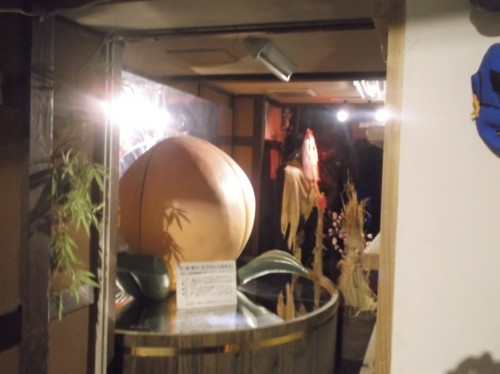
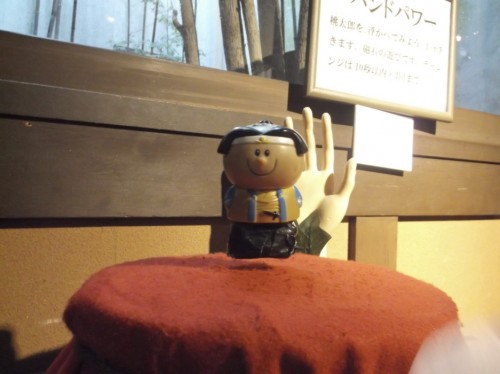
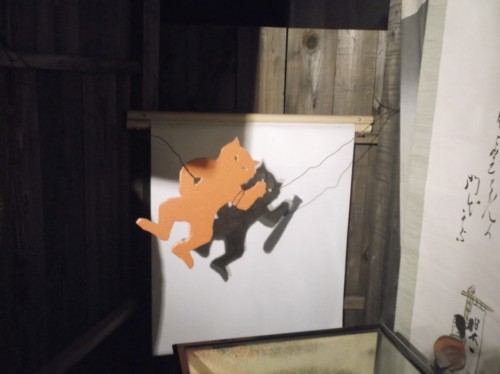
Trick art and gimmicks aside, this museum did have some detailed information and some more historically relevant pieces, I simply could not read them due to my struggles with the language. Once again, my friend translated and I learned about some of the geography and other general information that built up the “behind the scenes” of the story. If you do not have a kind Japanese friend nor Japanese reading skills, you may find yourself lost looking at the films, comics, paintings, and other memorabilia without a clue of its relevance.
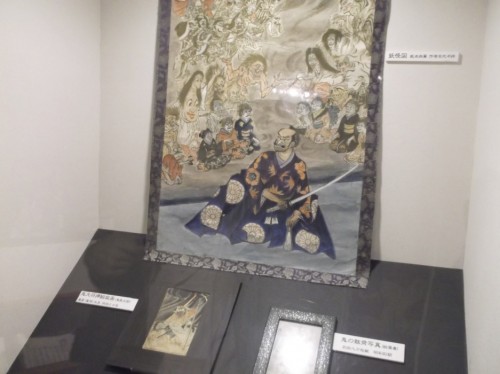
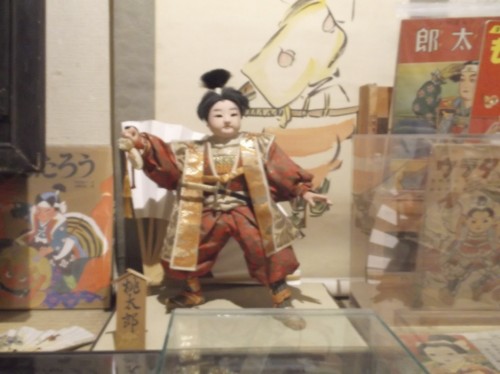
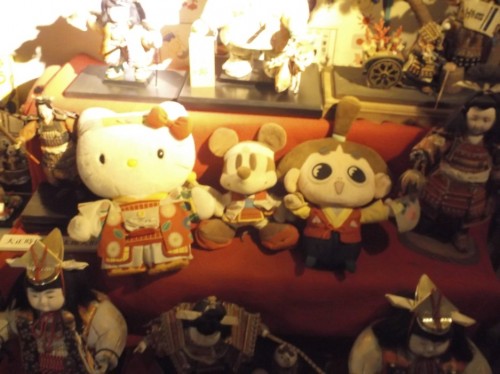
The entire museum had dim, orangey lighting which I assume was to give the feeling of being inside a peach yourself, and perhaps keep the old artefacts from being damaged by strong lights.
While this trip may not have been a fully educational one, the experience certainly did cement the importance of Momotaro in Japanese culture, and the tricks were thoroughly fun to boot.
[cft format=0]
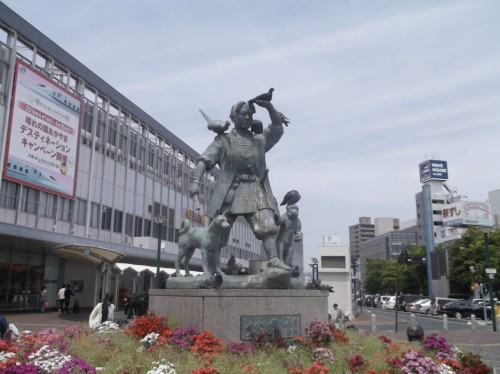
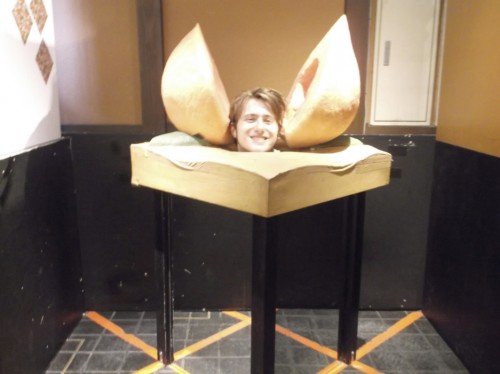
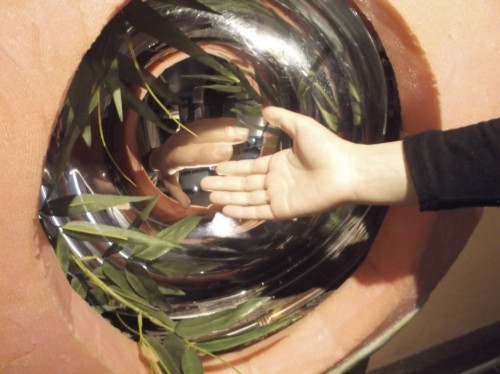
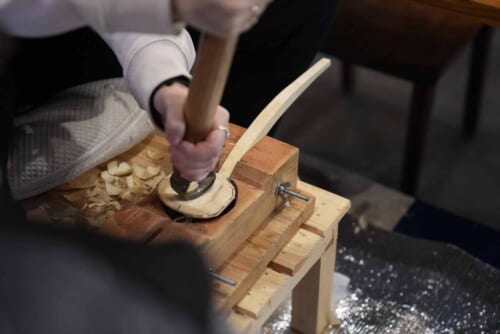

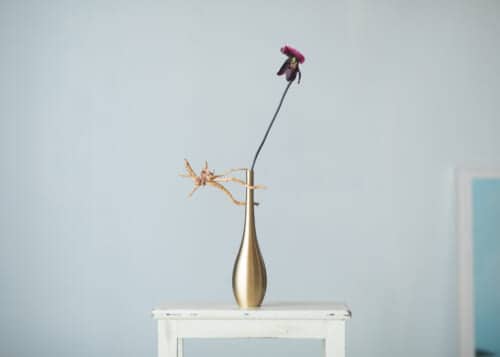
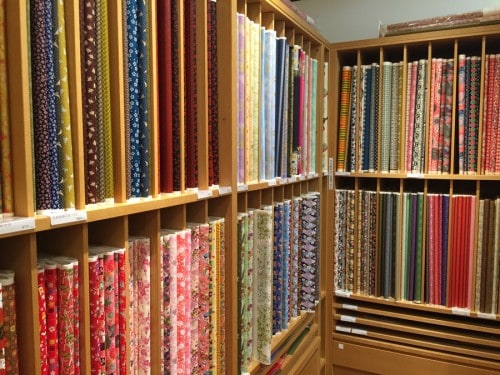
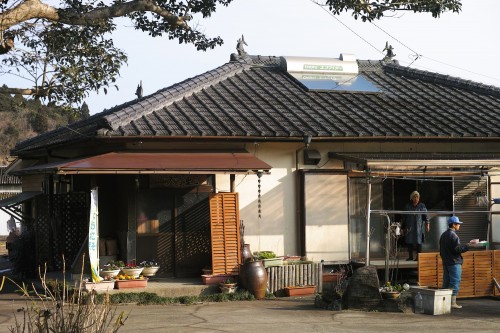


No Comments yet!